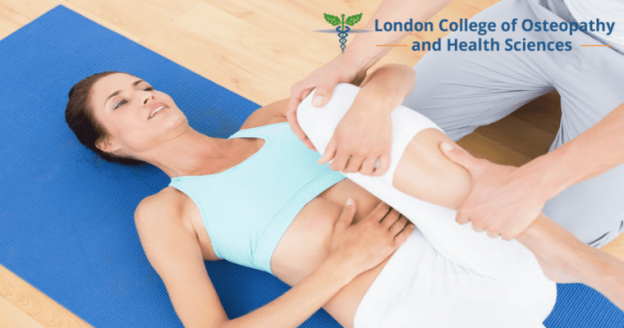Athletes come in all shapes in sizes, but whether they are part of a team sport or not, they can always benefit from manual osteopathic treatment.
It has become the norm in the professional athletics world, to have a manual osteopath as a crucial member of an athletes care team. The relationship between athletes and osteopaths has always been very tight knit, usually injuries are just a part of being an athlete and an osteopath can be the difference between 2 week recovery and a 2 month recovery. But athletics at any level can be extremely demanding on the body, and any restriction of mobility of the joints, muscles, ligaments, and viscera can interfere with wellbeing. This will manifest differently for every athlete, whether muscle spasms to tendinitis, or strains and sprains that directly impact performance. This also applies to young people, as they are in the most active time in their lives.
The following tend to play an active role in injury:
- Impact sports;
- Fast changes of directions;
- Quick take off;
- Sports that require endurance, that require athletes to be efficient mechanically and energetically, are also demanding for the body.
Manual osteopathy allows athletes to:
- Prevent some injuries providing consistent treatment with an osteopathic manual therapist;
- Prepare the body for exercise by increasing muscular power, flexibility, range of joint motion and respiratory capacities;
- Correct postural imbalances and regain full movement in limbs
- Avoid and aid with lower back pain
- Alleviate pain and speed up recovery after fractures, sprains, surgery, or traumas
- Many athletes underestimate the importance of a slow and gradual reintroduction back to their activity in order to avoid recurrence of the initial injury, or a new one. After a trauma or fall, the earlier you can see your osteopath, the better. It is essential that the body doesn’t overcompensate in different parts and cause even more problems later on.
Osteopathy can also help young people gain control over both their body and mind. Osteopaths check joints, muscle tension, visceral and cranial tensions. Pursuing treatment prior to the start of the season will help correct any imbalances within in the body, and following an ongoing treatment regime throughout the season can improve performance and prepare the body for competition.It is advisable for young people who pursue regular sporting activities to consider prevention, maintenance and treatment for any injuries that do occur.
Some of the most common questions I receive from my patients after an appointment are….
Should I come right before my competition?
My answer is that ideally, you want to give your body 2-3 days before the competition in order to let your body get accustomed to its new internal balance.
Can I practice my sport right after the appointment?
For the same reason mentioned above, you want to give your body at least that day to get used to its new balance and range of mobility. Doing too much, too soon is a common mistake and can have a negative impact on the work done during the appointment.
How often should I see an osteopath for treatment to remain pain-free?
This is a question I am frequently asked, but unfortunately there is no set answer. The number of times you need to come depend on the length of time you have had your complaint, the severity of your injury, and your overall health. Some conditions respond quickly and others take more time. The good news is one of the strongest skills Osteopaths develop is knowing when to treat and when to let the patient heal.
In which situations is it best to consult an osteopathic manual therapist?
As a preventive measure:
- Set up a preliminary assessment before a sporting event.
As a curative measure:
- To restore balance, in a very precise way, within the joint axes disturbed by a shock;
- To help heal and strengthen after a fracture, sprain or surgery;
- To erase traumas, even old ones.
But, also in case of:
- Falls without bone trauma or visible lesions on several joint radionuclides;
- Tennis elbow (lateral epicondylitis), talalgia (or pain to the plantar fascia), pubalgia (also known as a sports hernia), periarthritis, epicondylitis …;
- Shortness of breath with the effort, pain on the side…;
- Sciatica, cruralgia (femoral neuropathy) cervicalgia, back pain, lower back pain;
- Headache, balance disorder, dizziness;
- Bad recovery between sporting events;
- Stress, lack of concentration, sleep disorders.
Courses such as Biomechanics, Applied Anatomy & Physiology, Osteopathic Modalities and Treatment among many others can broaden the horizons of fitness and wellness professionals by giving them essential and career defining knowledge in health sciences and manual therapy.
Feel free to use the promo code OSTEOSPRING for 20% off all LCO courses and programs (valid until June.21st)
If you are interested in learning more about LCO’s courses and programs please email info@lcocanada.com
